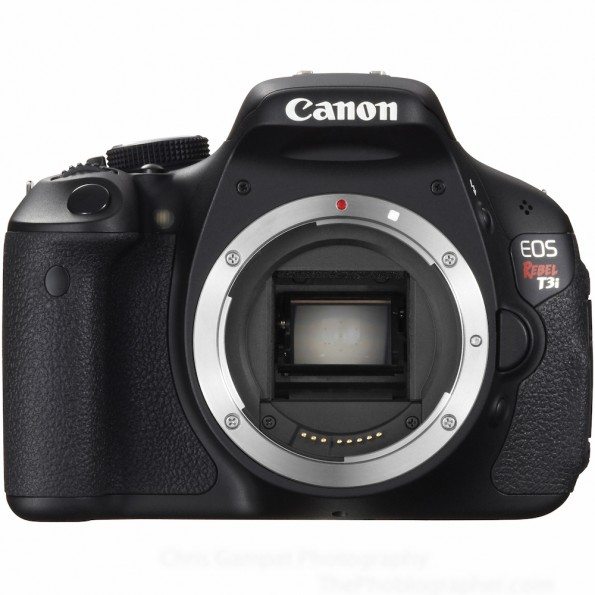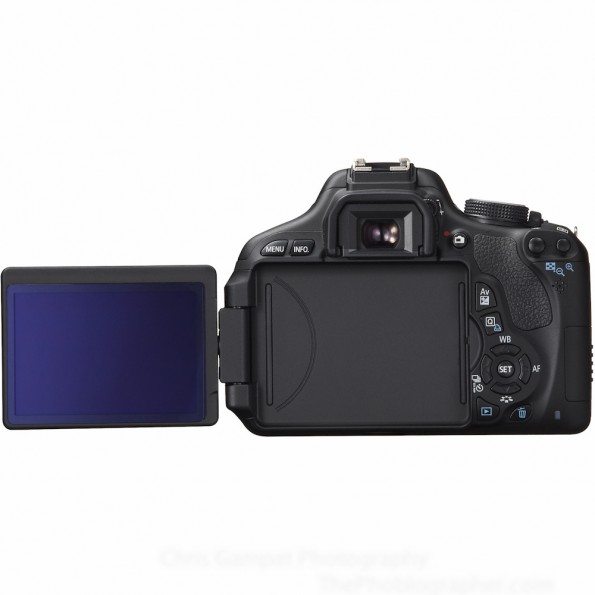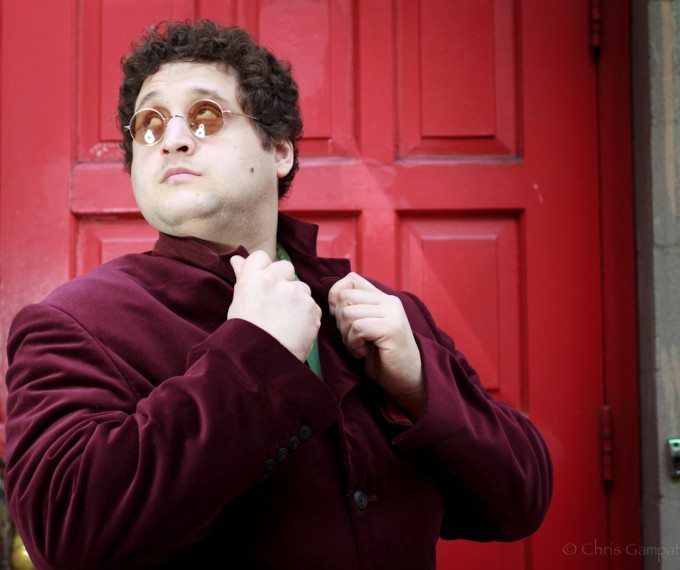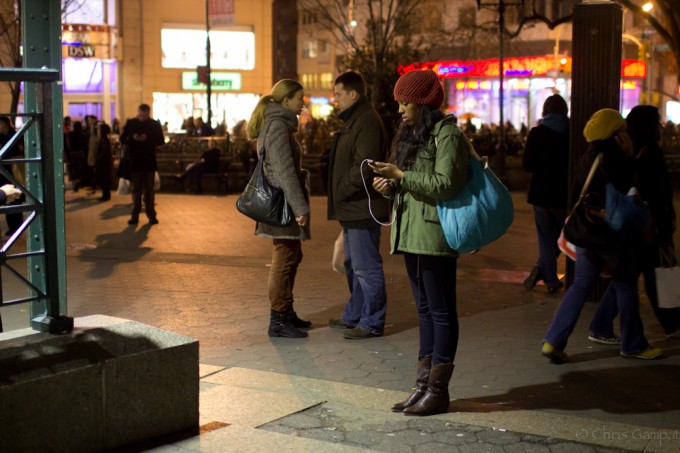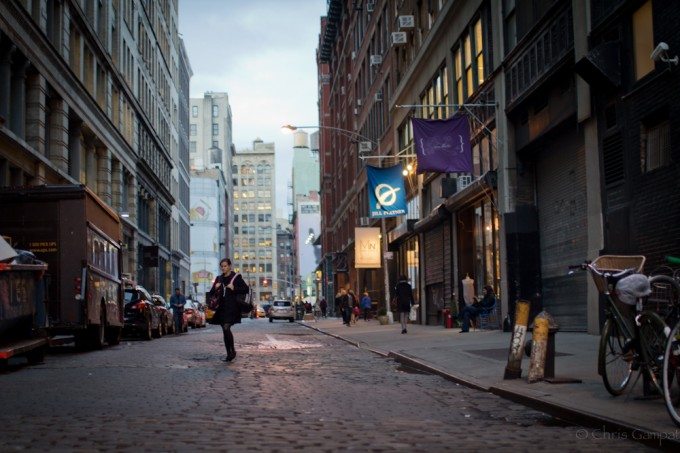With multiple days of testing finished, the Canon T3i has been shipped back and returned. We’ve tested it at events, for portraits, at night, etc. So is it right for you? If you’re reading this, you may want to take a look at our list of best budget lenses, our recommended Canon lenses and also the three way duel between the Canon 60D, 7D, and T2i (which will be updated soon).
Complete Postings
Day 1– Getting a feel for the camera.
Day 2– testing the camera’s creative filters. While they make great prints, I didn’t care much for them to be honest. The reason for this is because I prefer the process of stepping into the digital darkroom and creating the art myself.
Day 3– street photography at night using the high ISO settings. The results were really quite good.
Day 4– shooting portraits using a casual approach to capture candid emotions. Afterward I used Lightroom 3 to tweak the image quality.
Day 5– Event shooting, portraits with wireless flash control, and more night scenes.
Ergonomics
I’m going to be flat out honest here: it’s a Rebel. I’m personally used to a heck of a lot sturdier in my cameras. I also much prefer the back dial and a bit more heft to my camera. With that said though, this is perhaps one of the lightest street cameras I’ve ever used when I put the 35mm F/1.4 L on it. Indeed, it was also the one to deliver the best image quality of any camera I’ve used for street photography.
Though I didn’t mention it in the review, I used the camera once in my room with my ancient Canon 80-200mm F/2.8 L. Though the lens far outweighs the camera, if you shoot with the camera at waist level and flip out the LCD screen, a stable shot can be achieved when shooting handheld at shutter speeds down to 1/30th…no seriously, they can be.
Of anything about this camera, the flip out LCD screen is perhaps a god-send. Canon could not have done it any better.
Ease of Use
The camera was perhaps the easiest of the Rebels to use though it did have its kinks. The best thing had to be the fact that of any camera I tested, this one played the best with the Eye-Fi Card. My images were sent to my laptop and ready for me to edit when I got back to me.
The problems:
– To shoot video, you need to turn the dial all the way to the other end of the spectrum
– No back dial for aperture control
– Hard to manually select the focusing points
– Creative filters require a longer process than it really should
Other than that, the camera was extremely straight-forward. Even the wireless flash control option has an Easy setting.
Autofocus
In low light and with lenses slower than F/2.8, the T3i seemed to struggle a bit as with my Canon 24-105mm F/4 L IS. To top it off, I felt that manually selecting the focusing points was painfully slow: especially for event shooting.
So is there anything good about it? Sure: it was as quick as the 60D in my tests in good lighting. If you want to shoot in low light though, you’re better off going with the 60D or the 7D. The latter has almost never failed me in low-light.
If you’re shooting during the day time with lots of light, then don’t worry. The T3i is still a very viable option: and an amazing one at that.
Image Quality
Here’s the thing: I can’t say that the T3i has bad image quality. In fact, it has quite stellar image quality. My problem is that I wish that Canon had actually tried to increase the dynamic range, color depth, and high ISO ability a bit more.
In retrospect, it makes sense that they didn’t because it would perhaps conflict with the 60D and 7D too much.
High ISOs
Once again, I really can’t fault it. While DXo Marks and other sites will bash the Canon T3i and make it seem as if the sensor is terrible compared to competitors from Nikon and Sony, I highly doubt most people could tell the difference between images from competing models if the images are put side by side and stripped of their EXIF data.
With that said, much of the noise of the T3i can be fixed easily in Lightroom 3 with minimal loss of detail. So there is nothing to worry about and you can all breathe a sigh of relief.
Features
The cool features about the T3i are the creative filters and the wireless flash control: that is if you really do care about any of those. Admittedly, I’ve talked to many photographers that don’t care about either one.
Me? I <3 wireless flash control and think that it is an essential feature for students and those that want a camera to grow with in order to become better photographers. If this sounds like you, the T3i is for you.
vs the T2i?
The advantages of the T3i over the T2i are the flip out LCD screen, wireless flash control, tracking focusing with lenses faster than F/2.8, creative filters, and better way to manually select focusing points.
If you don’t care for any of these, then spring for the T2i. Otherwise, the T3i is a tough cookie to beat.
vs the 60D?
The 60D outspecs the T3i in almost every way possible an it is only a bit more expensive. To be quite honest, the 60D is perhaps the best buy in this category of cameras and you won’t go wrong with it.
The reason why I haven’t sold my 7D is because I prefer the 7D’s micro adjustment feature.
vs the 7D?
The powerhouse of a camera. The T3i has a flip out LCD screen and creative filters. Other than that, it can’t touch the 7D with the 8fps and much more advanced video control; not to mention much better ergonomics.
Conclusion
In the end, the T3i cannot be faulted and it is a superb camera. My only wish is that Canon could have made the sensor better and solved the ease of use issues.
However, it is perhaps the best bang for your buck camera that is available on the market right now and really can’t be beat at all at the time of writing this posting.
With this said, the Canon T3i wins The Phoblographer’s Editor’s Choice for Entry-Level DSLR
Please Support The Phoblographer
We love to bring you guys the latest and greatest news and gear related stuff. However, we can’t keep doing that unless we have your continued support. If you would like to purchase any of the items mentioned, please do so by clicking our links first and then purchasing the items as we then get a small portion of the sale to help run the website.



